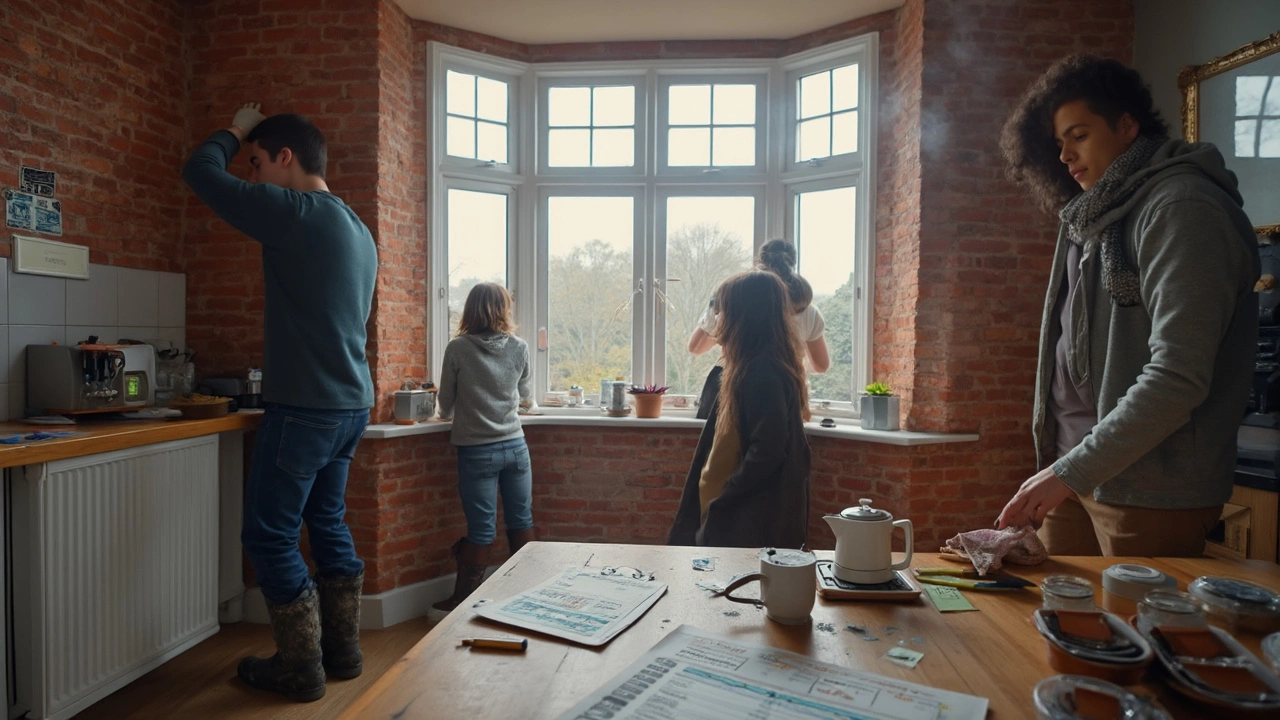Home Automation Basics: Simple Steps to Smarten Your Space
Ever wondered why some houses seem to know what you need before you do? That’s home automation at work. It’s not science fiction – it’s a set of tools you can add piece by piece to make lights, temperature, security, and entertainment respond to you. The best part? You don’t need to be a tech guru or spend a fortune.
Start Small: Pick One Area to Upgrade
Look around your home and ask where you waste the most time or energy. Most people start with lighting because a smart bulb can be controlled from a phone, a voice assistant, or even on a schedule. Swap a regular bulb for a Wi‑Fi or Zigbee LED, connect it to your favorite app, and set a routine – like turning lights on at sunset or dimming them when you start a movie.
If energy bills are a concern, a smart thermostat is the next logical step. These devices learn your temperature preferences, adjust when you leave the house, and can be controlled remotely. You’ll notice a drop in heating or cooling costs without sacrificing comfort.
Choose a Hub or Go Direct
Some gadgets talk directly to your phone over Wi‑Fi, while others need a hub that bridges different protocols (Zigbee, Z‑Wave, Thread). If you plan to expand beyond a few bulbs, a hub like Amazon Echo, Google Nest Hub, or a dedicated SmartThings hub can keep everything talking to each other. The hub also lets you set scenes – for example, a "Good Night" scene that locks doors, turns off lights, and sets the thermostat.
When picking devices, stick to brands that support your chosen hub. Compatibility is the secret sauce that prevents you from buying a device that can’t talk to the rest of your system.
Secure Your Network
Every device you add becomes a doorway into your home Wi‑Fi. Change default passwords, enable two‑factor authentication on your accounts, and keep firmware updated. A secure network protects your privacy and stops unwanted guests from hijacking your lights or camera feed.
Consider setting up a separate guest network for smart devices. This isolates them from your personal computers and phones, reducing risk if a device is compromised.
Automation Ideas That Pay Off
Morning routine: A smart plug can start your coffee maker at 7 am, while lights brighten gradually and the thermostat eases into a comfortable temperature.
Security boost: Use motion sensors to trigger lights and send a push notification when activity is detected while you’re away. Pair with a camera that records only when motion is sensed to save storage.
Energy monitoring: Smart plugs can track power usage for appliances. Turn off high‑draw devices when they’re idle, or schedule the dishwasher to run during off‑peak hours.
Keep It Simple and Grow
Don’t feel pressured to automate every room at once. Add one device, get comfortable with the app, and then expand. Over time, you’ll discover patterns – like how you always forget to lock the back door – and can automate those actions.
Home automation is about making life easier, not more complicated. Start with a light, a thermostat, or a smart plug, secure your network, and watch how small changes add up to a smarter, more comfortable home.

High-Tech Architecture: How Smart Design Is Transforming Homes in 2025
Not sci-fi-high-tech architecture is here. See what it means, what to buy first, real costs, energy savings, privacy risks, and a step-by-step plan you can actually use.
Read more